With the growing numbers of four year olds enrolling in Transitional Kindergarten and the large numbers of these young learners coming from homes where a language other than English is spoken, it is critical that their first experience in our public schools builds upon their home language while they are learning English. As co-sponsors of AB 2268, we commend the Governor, legislature, State Board of Education (SBE), and California Department of Education (CDE) for recognizing the inadequacy of the English Language Proficiency Assessment of California (ELPAC) for identifying English Learners (ELs) in Transitional Kindergarten (TK). The assessment was not developed nor normed on four-year-olds and could be misidentifying and frustrating these students who are still in the process of developing proficiency in their home language with minimal prior knowledge or proficiency with English.
One of the July 2024 State Board of Education agenda items addressed English language proficiency testing and English learner identification for TK students. Californians Together along with 13 organizations requested the State Board of Education to address:
- Use the Home Language Survey to identify the students as Dual Language Learners
- Support the implementation of the revised Preschool/Transitional Kindergarten Learning Foundations (to be released this summer) to inform curriculum and instruction for students coming to school with a language other than English
- Form a working group to discuss the long range planning for identification, services, curriculum and instruction in TK for students speaking a language other than English.
Eleven people testified to urge the SBE to move forward with our request, The testimony included:
From Carla B. Santa Cruz: We are concerned that Item #3 reads that LEAs could provide services, but also makes it possible that no services be provided for children like Carlito. Please change language to reference the requirement to align TK to the Preschool/Transitional Kindergarten Learning Foundations. Let’s build towards future Seal of Biliteracy recipients instead of Long Term English learners. My fifty years of experience supports the clear research that young learners are at risk of losing their home languages and replacing it with weak English.
From Patricia Montes Pate: “Recently, I was in a classroom where children were exploring the characteristics and habits of ocean animals. During circle time, the teacher asked them to name animals. But one child remained silent […] until the question was repeated in Spanish. He then excitedly listed numerous animals. And it became clear that he had tremendous knowledge of ocean life and shared with precision and complexity in his home language. It’s essential that teachers create environments that value bilingualism, allowing children to express their knowledge in both their home language and English. We respectfully urge you to amend the language to align with the new learning foundations, recognizing and nurturing the linguistic and cultural strengths of California’s youngest learners.”
From Daniele Snider: “We want to uplift the importance of looking beyond this initial work to the future and ask that you form a workgroup of EL/DLL practitioners and experts to help develop or recommend an alternative English language proficiency assessment that is age, developmentally and linguistically appropriate”
Many SBE members commented on the need to address the classification of the students and the need to address the services, curriculum and instruction for students coming from a home with a language other than English. Nothing definitive was decided but we will continue to work with the SBE and the California Department of Education for an age, developmentally and linguistically appropriate assessment, curriculum and instruction that honors the students’ home language while learning English.
